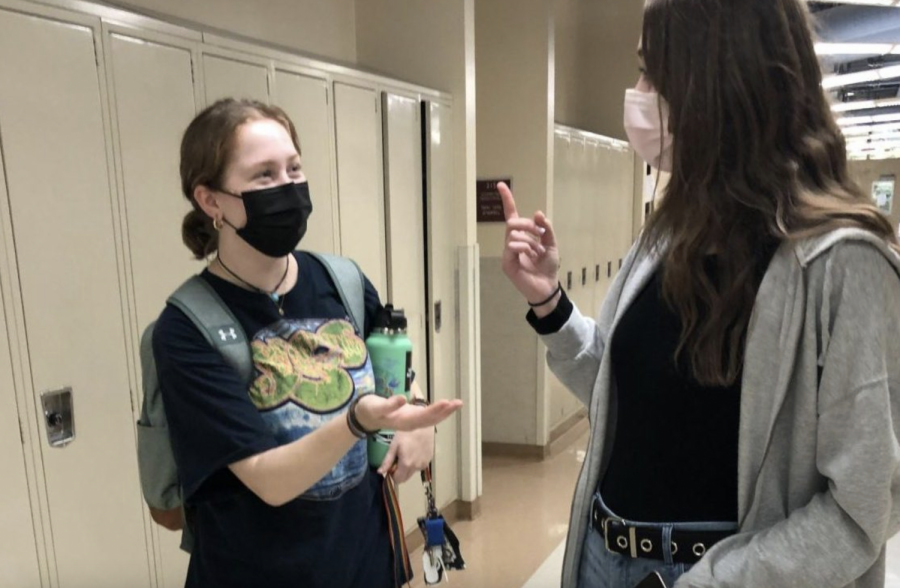I genuinely cannot remember the last time we had a sex education class in high school. In middle school, we learned about anatomy and puberty, with some talk about safe sex. All that I remember from the sporadic high school health classes is talking about drugs, alcohol, consent and how to establish a healthy diet and exercise routine. It is the school’s responsibility to adequately prepare students for what they are already going through or will likely go through in the future, and the school is failing.
The school seems to think that between 8th grade and 12th grade, students are either not having sex — which includes anything from kissing to penetration — or that the students do not need the school’s help. These are the peak ages where students are beginning to explore their sexuality, and they really do need the school’s guidance to make sure they are doing so safely, both physically and emotionally.
The middle school has made major strides in changing their curriculum to be more inclusive of identities and topics. I briefly looked at the curriculum outline from last year, and from just glancing at it I could see how comprehensive it has become. It made me wish I was back in middle school so that I could be learning these things. The subjects are different depending on the students’ ages, and they include things like asexuality, LGBTQ relationships, consent, puberty and yes — drugs, alcohol, and exercise. This is what the high school’s curriculum should look like.
Sex education in middle school is very important because it is when students’ bodies are beginning to change, and this education needs to continue and progress appropriately. The middle school curriculum is preparing students for high school, and there is no reason why that preparation and maintenance should stop once they reach it.
After graduation, seniors have several workshops, some of which cover topics of a sex education course, which is great. But does the school really think that a couple of workshops once the students are 17 and 18 years old is enough? By then, the students’ brains are less open as they are farther along in brain development than 11-14 year olds. Ceasing the education from ages 14-17 is actually dangerous because students could have made mistakes out of sheer ignorance.
Last year, the Girl Up Club began working with guidance counselors Rachel Soifer and Melissa Gartner and Dean of Students Roslyn Landy on revamping the high school sex education curriculum in hopes of addressing these concerns. The club developed a sample session in which the students learn about the different types of relationships — platonic, romantic and sexual — and their similarities and differences, as well as what it means to identify as asexual versus aromantic.
The club is continuing its work into this school year, but there needs to be more enthusiastic involvement from the faculty and administration for there to be any real possibility of changing the current curriculum or lack thereof. The school needs to do a better job at preparing its students for current and future experiences, and there are many students that would be more than happy to help them.
This story appeared in the Lion’s Tale on Oct. 24.












